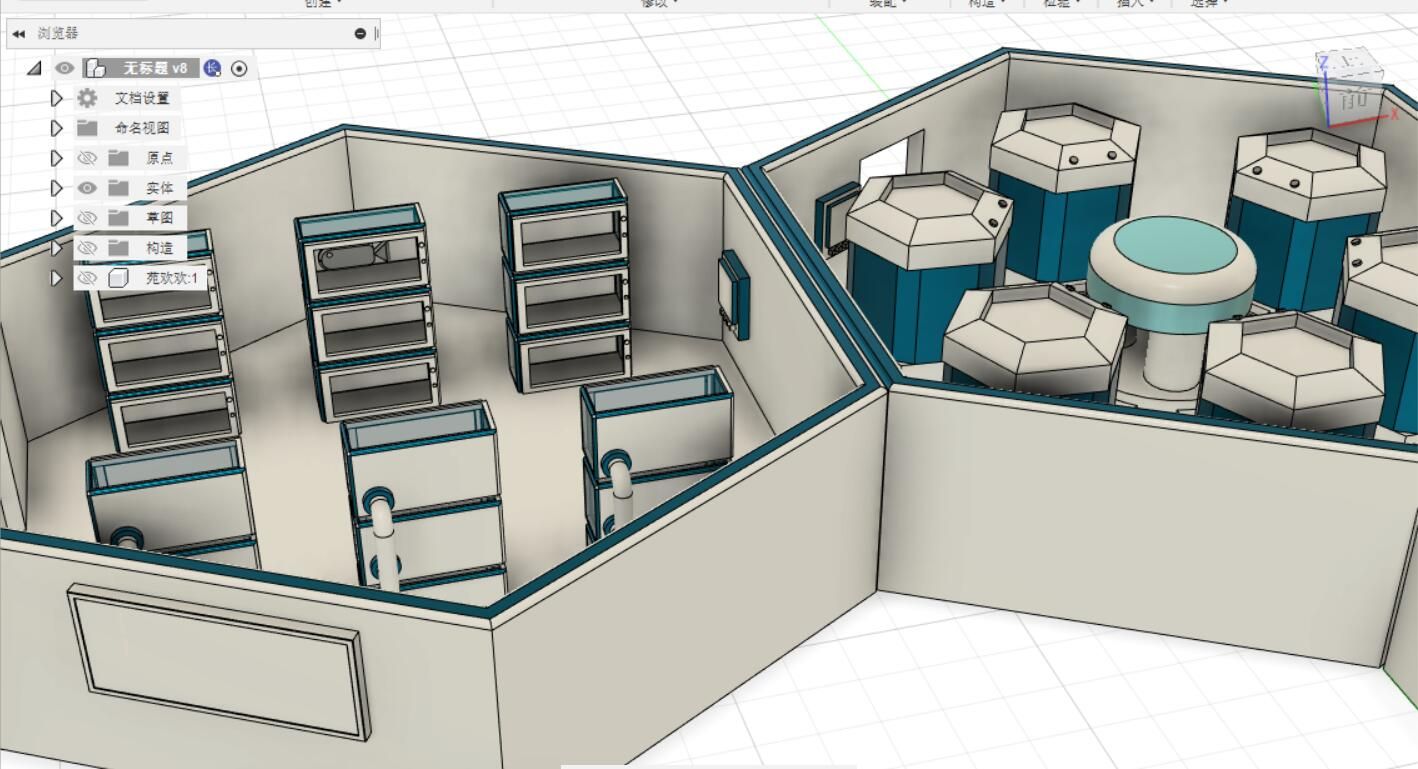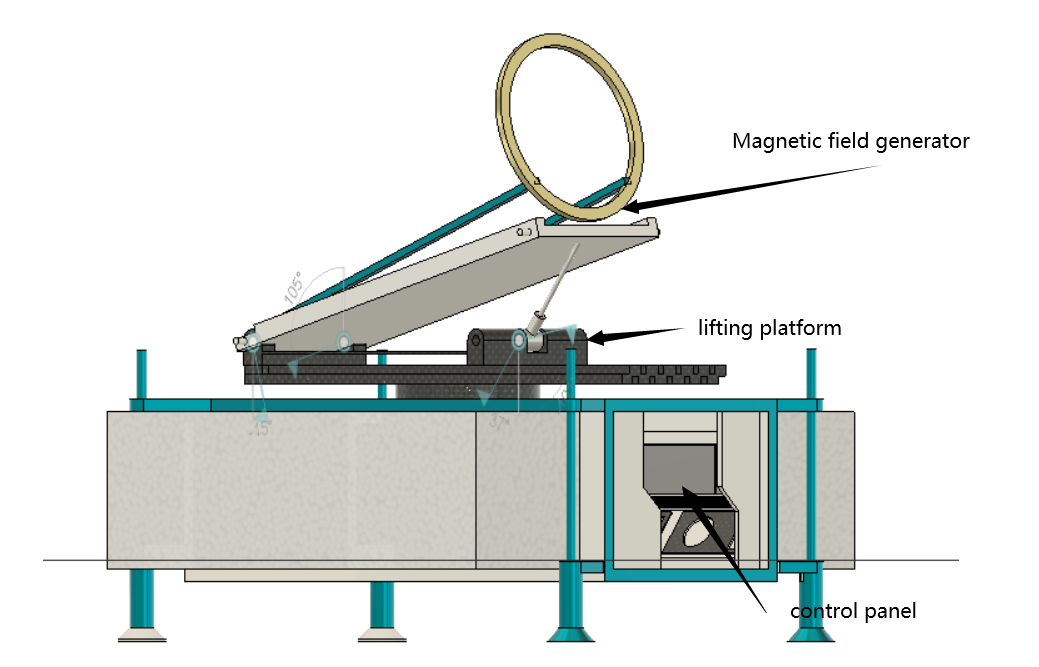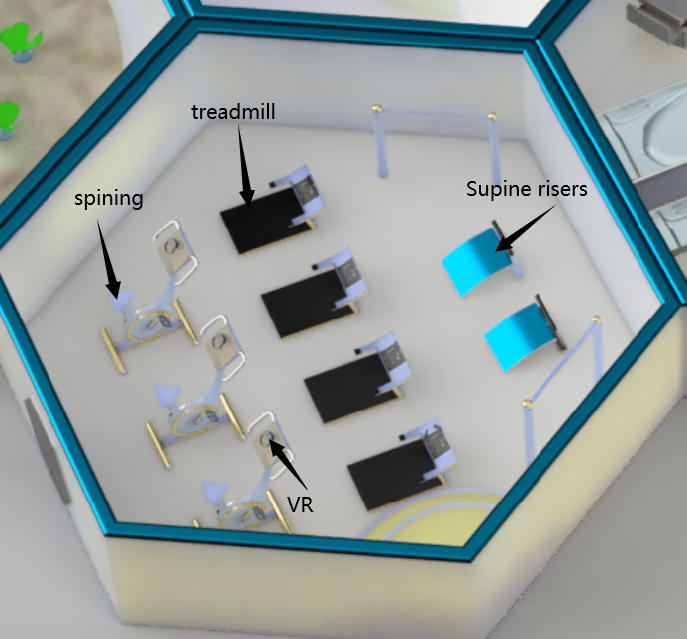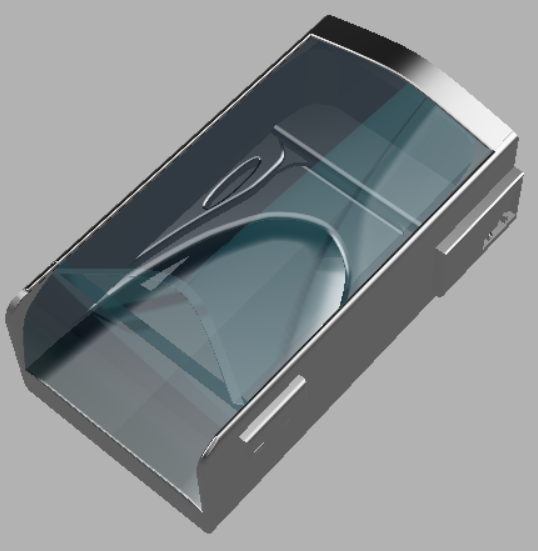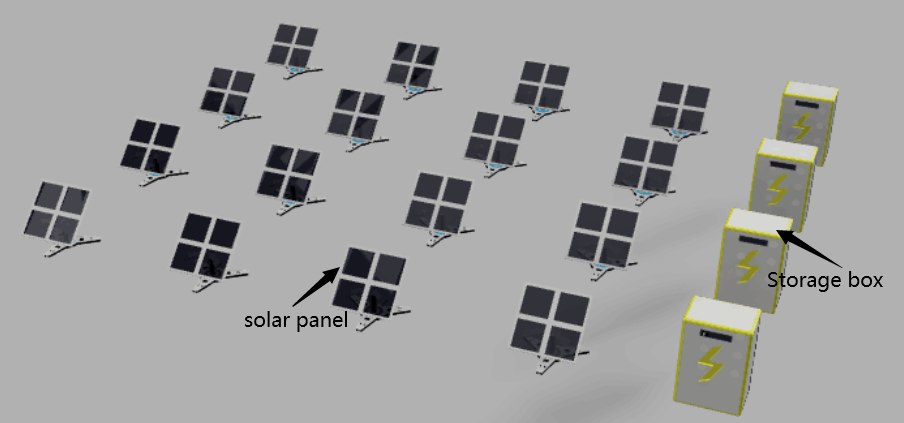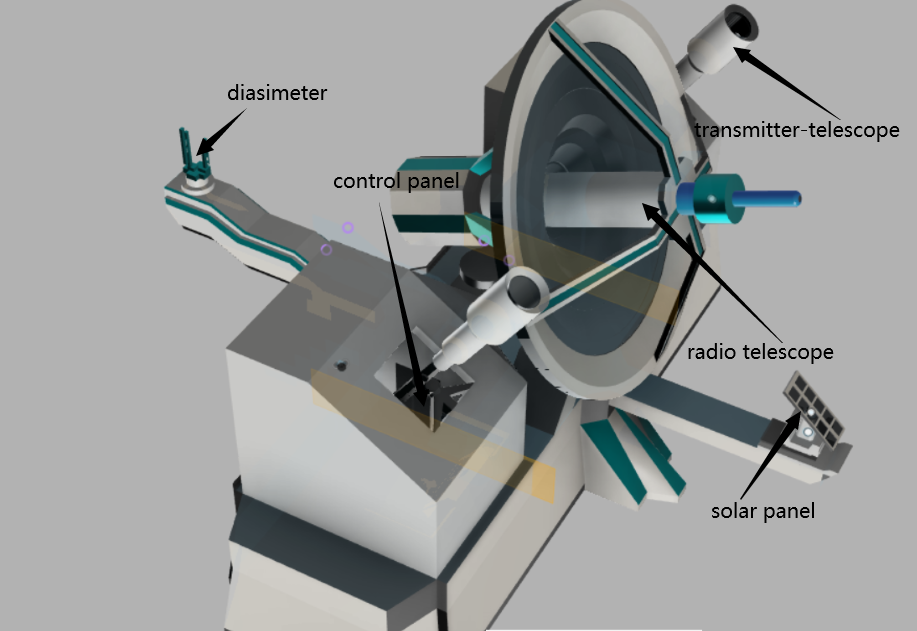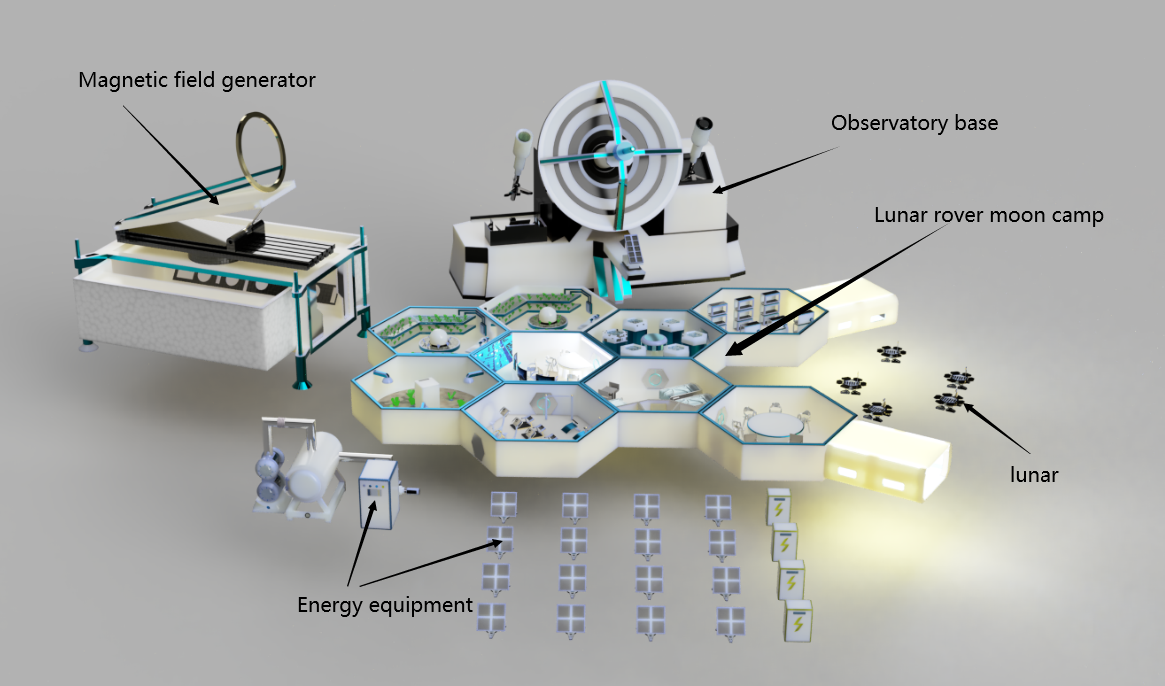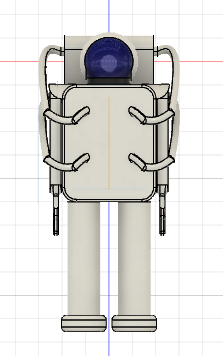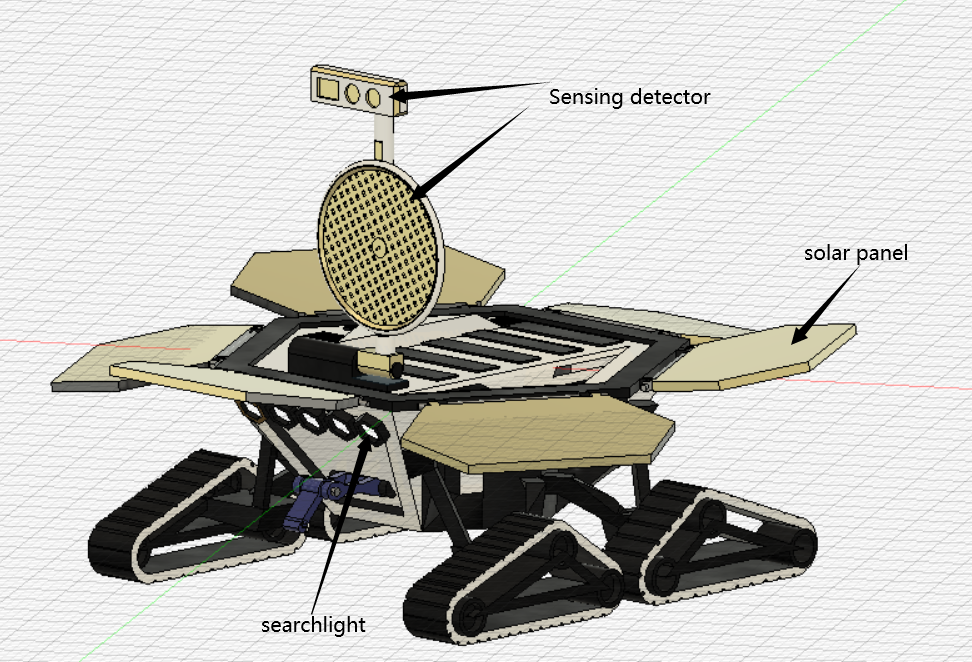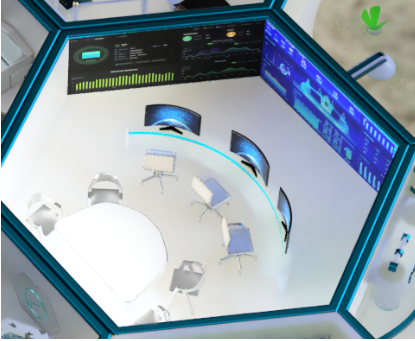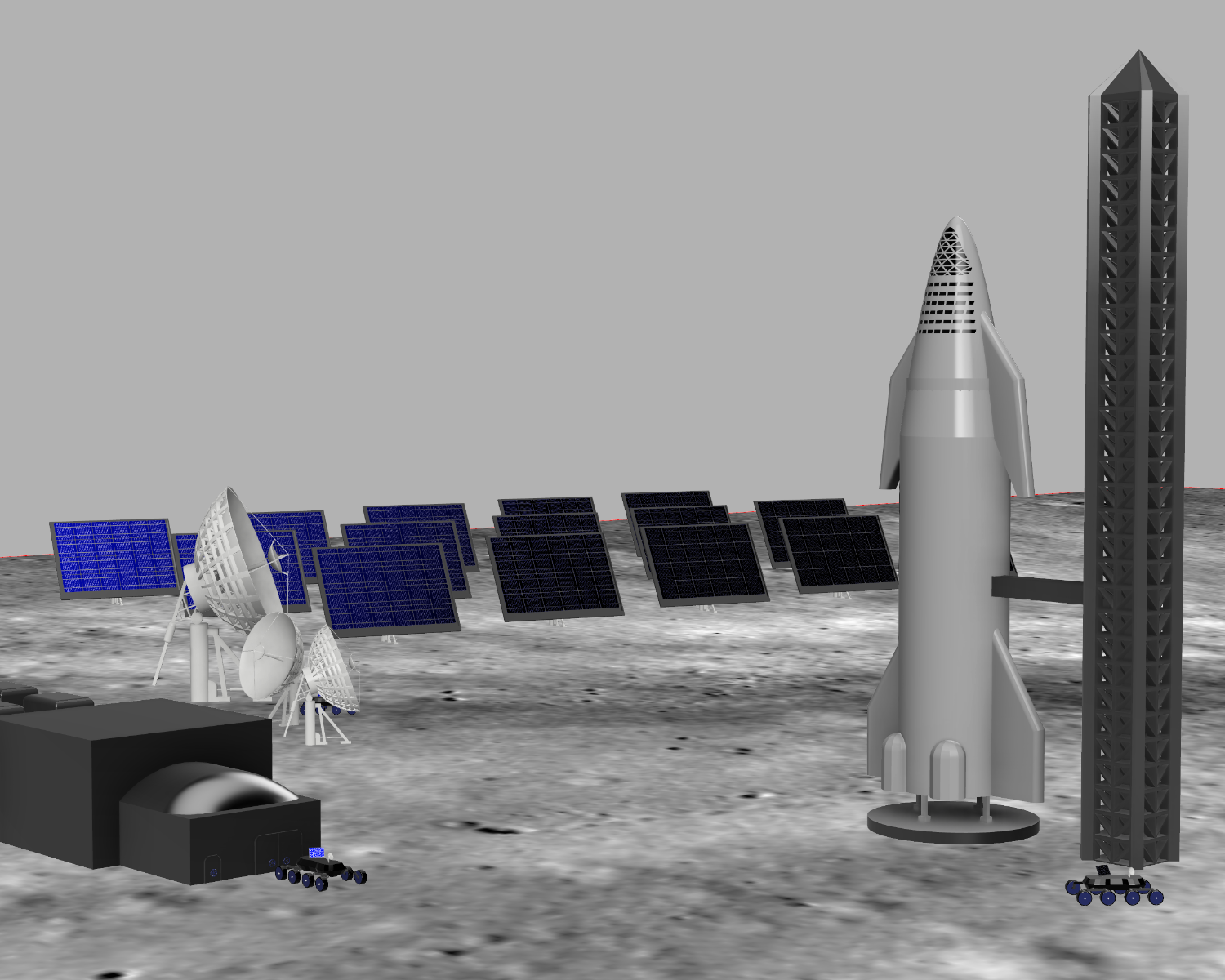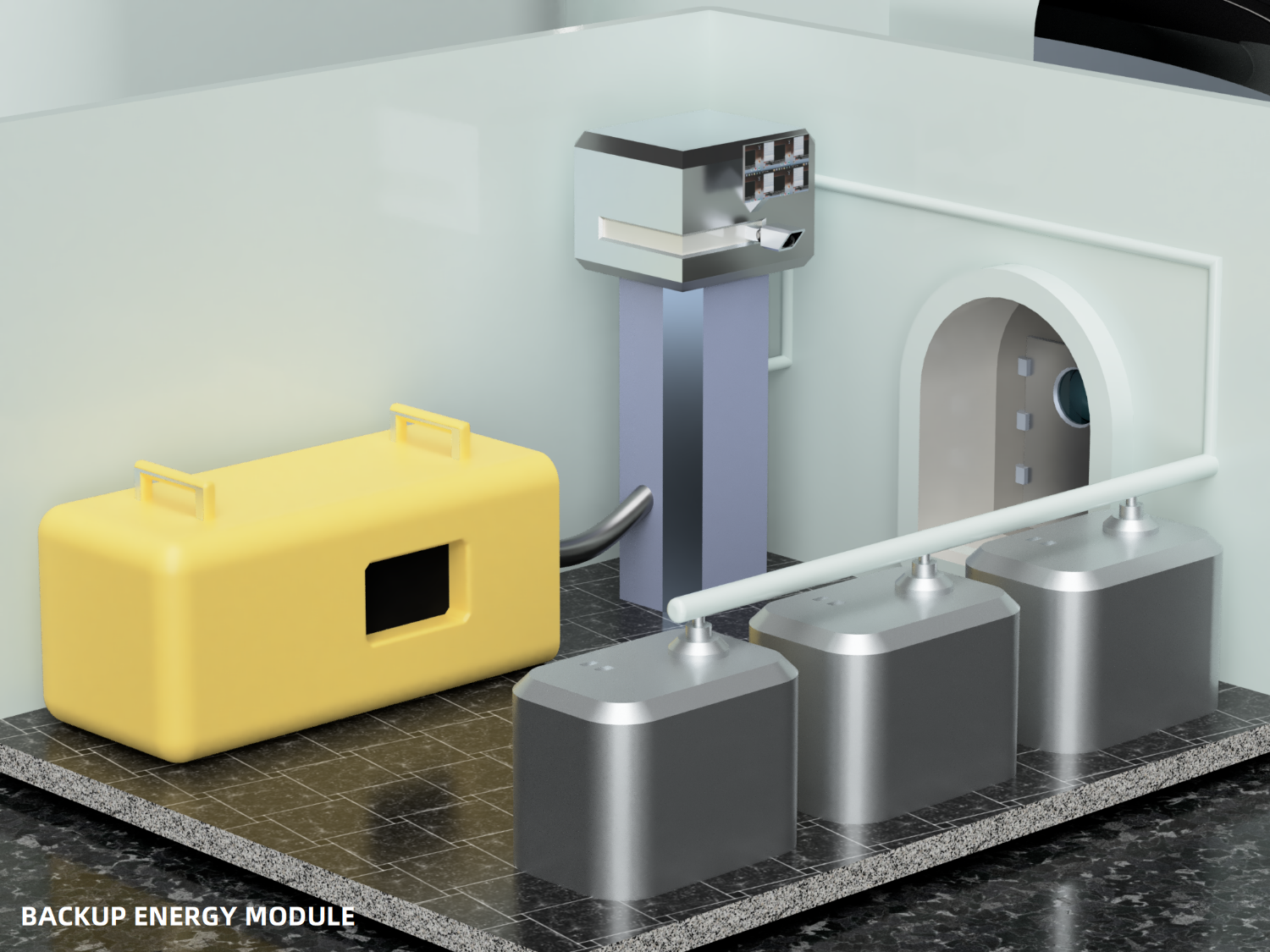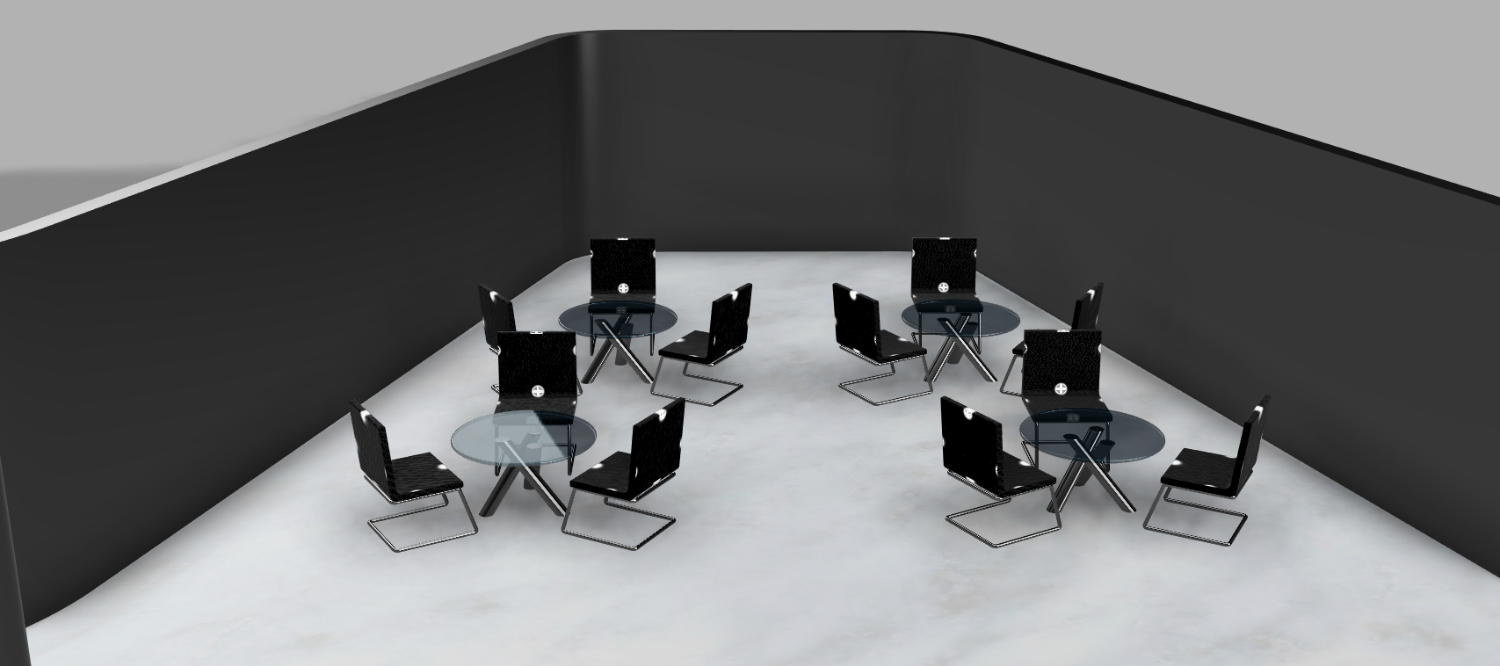Moon Camp Pioneers Gallery 2021-2022
In Moon Camp Pioneers each team’s mission is to 3D design a complete Moon Camp using Fusion 360. They also have to explain how they will use local resources, protect astronauts from the dangerous of space and describe the living and working facilities.
Team: Creater
郑州轻工业大学附属中学 河南省郑州市 China 19 5 / 1
|
Project description
Our goal is to build a permanent human camp on the moon to support further exploration of the moon and outer space. Our lunar Camp program is divided into three main areas: a self-sustaining living environment (energy, housing and food) (first step), an observatory for external exploration, and a magnetic field for the safety of the camp. In the camp, modular houses are built for astronauts, in which there are dwellings for rest, fitness and medical research, special greenhouse for growing plants to obtain water resources, and equipment for energy conversion and oxygen generation to ensure self-sufficiency in life. Observatories for external exploration; A magnetic field is set up to block space radiation, and the camp is equipped with detectors to monitor solar activity and give astronauts advance warning. |
|||
|
2.1 Where do you want to build your Moon Camp?
Near Shackleton Crater, an impact crater at the moon’s South Pole. According to research, the peaks along the edge of the craters are exposed to almost continuous sunlight 80% of the time, which meets the requirement of occupying large areas of well-lit land for solar power generation. The interior is a permanent shadow (the Eternal Night Pit), where ice is stored and does not melt because it is not exposed to sunlight, which meets the water requirements for human life and energy. Besides, in the vicinity of craters, it is convenient to collect research samples and rich in resources, which is more conducive to research. 2.2 How do you plan to build your Moon Camp? Describe the techniques, materials and your design choices.
Considering the complexity of the lunar environment and the economic costs, we finally decided to choose the rigid module assembly as our main lunar camp. We will send modular building components via multiple launch vehicles. The first flight will carry astronauts and individual habitation module components and some living materials on a launch vehicle to near Shackleton Crater at the moon’s South Pole. We will use splice able hexagonal plates to construct the bottom, titanium rods to construct the bottom support and module support, and then sew the module wall and top together. Then, we will transport our astronauts to the moon and assemble lunar camps on the moon. Finally, the necessary living resources and scientific research equipment will be transported cyclically, and further expanded outward for astronauts to better utilize and develop lunar camps and lunar resources. And transport 3-d printers to the moon, so that our astronauts can make their own building materials using 3-d printing technology using water and lunar soil and alkali activators from the spacecraft. 2.3 The environment on the Moon is very dangerous for the astronauts. Explain how your Moon Camp will protect them. (maximum 150 words)
To protect against space radiation, we will build a magnetic generator outside the moon camp to block space radiation, and the camp will be equipped with detectors that will monitor solar activity and tell the astronauts to stop all outdoor activities before solar particles erupt. Take shelter in the moon camp, wait out the solar eruption, and take antioxidants like vitamins A and C to protect against the effects of radiation. In order to avoid space debris and micro-meteorites, we will equip important instruments or storage equipment with protective plates, combine sensors to realize collision detection and alarm in advance, and timely inform astronauts of repair when equipment is damaged. For the astronauts’ physical and mental health, the moon camp will be equipped with a gym and VR and AR equipment, so that the astronauts can enjoy their body and mind while exercising daily to prevent bone loss. |
|||
|
2.4 Explain how your Moon Camp will provide the astronauts with:
|
Water
|
Food
|
Power
|
Air
|
|
We use a high temperature furnace to break down water and oxygen, accelerate the reaction by adding a catalyst, and store the resulting water in a storage tank. In the meantime, we intend to capture water from lunar ice and then clean and recycle it to minimize the load from Earth. |
The lunar soil is not conducive to crop growth, so we need to modify the lunar soil. We’ve transformed the lunar soil with bacteria and one of the most promising of these is cyanobacteria, which we put on the moon, can break down the lunar soil, take part in photosynthesis and produce some nitrogen fixation, and at the same time replenish the carbon, nitrogen and other elements with the food waste of the astronauts, in order to meet the requirements of growing plants. The cultivation of plant crops adopts hydroponics and soil culture, which respectively cultivate crops with different growth environment requirements. At the same time, we can raise some insects with high protein and fish with short growth cycle to enrich the nutritional structure. |
We will use solar panels to produce energy. There is no air on the moon, solar radiation can direct the moon without being blocked and attenuated, and it is easy to meet the current photoelectric technology for solar power generation needs to occupy a large area of well-lit land requirements, therefore, solar energy intensity and high efficiency.At the same time, the moon’s rotation axis is basically perpendicular to the ecliptic plane, so we are considering building thermal power stations near the moon’s two stages to provide very abundant and cheap energy by taking advantage of the extreme temperature difference caused by the moon. |
We use a high temperature furnace to break down water and oxygen, and add catalysts to speed up the reaction at 1,000 degrees Celsius. Studies show that to extract 1 ton of oxygen, you need about 70 tons of lunar topsoil. In the second phase, we convert carbon dioxide and water into genetically modified crops, and plants convert these two substances into food. |
|
2.5 Explain what would be the main purpose of your Moon Camp.
The main goal of our team is scientific exploration of the moon and outer space. The moon is a weak gravitational field, only about 1/6 the gravity of the earth, for the observatory observation instrument, and the moon has almost no atmosphere, the observatory can realize all band electromagnetic wave observation, both reduce the instrument structure intensity, and convenient remote control equipment, through the observation record the change of the stars run, helps the human to protect the earth, and further exploration of outer space. Our base will be the first step toward human settlement in outer space. |
|||
|
3.1 Describe a day on the Moon for your Moon Camp astronaut crew.
On the moon, the sun always rises, which is quite different from the human schedule on earth. Therefore, a daily schedule of activities such as rest, exercise, diet, research, exploration, etc. In order to maintain order at the camp and respond more quickly to a crisis, the astronauts need to work shifts. Astronaut one day from the beginning of the living room, tidy up in the morning after everything will go to restaurant to eat breakfast and get their day schedule, 8 ~ 9 hours daily, astronomers will travel to observatory base for astronomical observation research, botanist will cultivate crops to observe its status, maintenance personnel to check the camp each equipment, etc., The astronauts will carry out their work according to their field of expertise, and the astronauts will have to work in teams of at least two each time they set out on an expedition to collect lunar samples and bring them back to camp for study. The astronauts will have a one-hour rest after lunch in the dining room, and then carry out the work of the afternoon. After dinner at the end of the day, astronauts will do two hours of physical exercise to prevent bone loss. Due to the long-term mission work on the moon, the astronauts will inevitably accumulate certain psychological pressure, and the astronauts can use the equipment through games, entertainment, reading and other ways to relieve psychological pressure. At the end of the day’s daily activities, astronauts will change shifts with their teammates, return to the living room for cleaning, and then go to bed to rest. At night, astronauts will have 8 to 10 hours of sleep. |
|||


